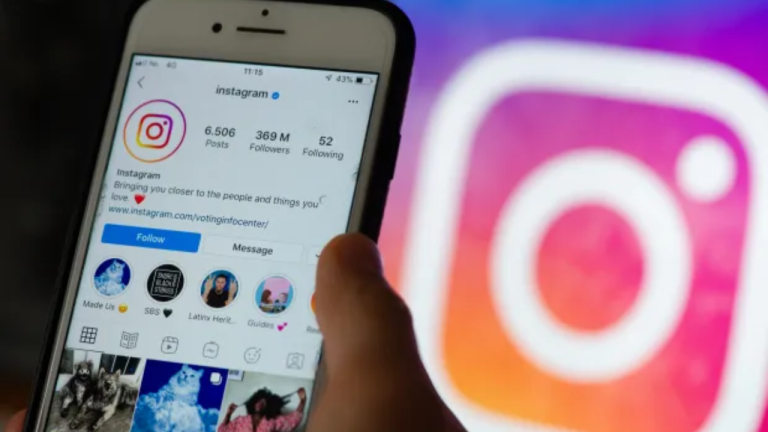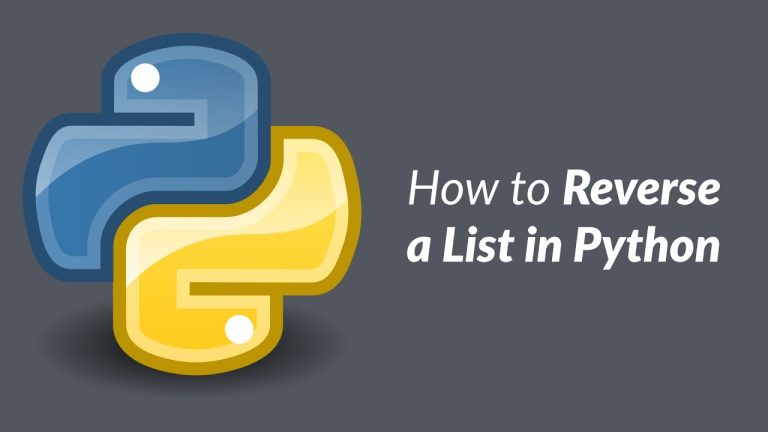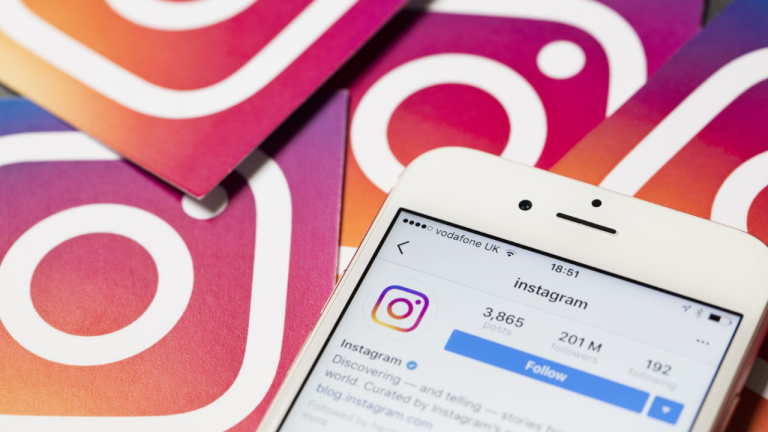Is Print Dead? Inflact Com Investigates the Evolution of Modern News
The question “Is print dead?” has hovered over the media landscape for more than a decade. In 2025, it’s no longer just a question—it’s a pressing reality. As digital platforms continue to dominate how people consume information, traditional print newspapers and magazines are increasingly becoming a niche offering. But does that mean the value of journalism or long-form storytelling is disappearing? Not quite.
Inflact Com, known for its powerful social media insights, has been closely monitoring the evolution of news in the digital age. In this in-depth exploration, we look at the shift from paper to pixels, why digital formats are winning, and how today’s content creators and publishers can adapt to stay relevant in an information-hungry world.
The Decline of Print: What the Numbers Say
The statistics are hard to ignore. Global print newspaper circulation has seen a steady decline over the past 15 years. Advertising revenue for print publications has also plunged, with companies preferring digital ad spend due to better targeting, tracking, and cost-effectiveness.
In the United States alone, weekday print circulation fell below 20 million by 2023—numbers that hadn’t been seen since the early 1940s. By 2025, many local papers have shut down or gone entirely digital. Magazines that once dominated shelves are now subscription-based digital products or have migrated to content-sharing platforms like Substack, Instagram, or Medium.
Why the Shift Happened
Several factors have contributed to this transformation:
1. Changing Consumer Habits
Readers today want real-time updates, not next-day headlines. Print publications cannot match the speed or interactivity of online news sources.
2. Mobile Dominance
The majority of news consumers—especially Millennials and Gen Z—access information through smartphones. Whether it’s scrolling through Instagram Stories or clicking a headline on X, mobile accessibility is key.
3. Eco-Conscious Behavior
Digital publishing aligns better with today’s environmentally conscious mindset. Consumers are more aware of paper waste and carbon footprints associated with traditional printing and distribution.
4. Cost and Efficiency
For publishers, digital platforms drastically reduce production and distribution costs. They also allow for direct interaction with readers, targeted advertising, and instant performance metrics.
Does This Mean Print Has No Value?
Not necessarily. While mass-distribution print media is fading, print still holds cultural, educational, and luxury value. Limited-edition print magazines, art books, and tactile newspapers are still appreciated for their aesthetic and archival qualities. In some professional industries—like academia, law, or fine arts—print remains a respected format.
But when it comes to mass news consumption, digital formats have taken over, and their dominance continues to grow.
The Rise of Digital News Platforms
The transition from print to digital didn’t just change how news is consumed. It redefined who controls it.
Social media, blogs, and independent creators have entered the space once dominated by newspapers and legacy newsrooms. Platforms like Instagram, YouTube, and TikTok now serve as hubs for real-time information, commentary, and even investigative reporting.
Inflact Com, through its work with influencers, marketers, and brands, has witnessed how:
- Creators can become trusted news sources
- Viral posts can outperform traditional headlines
- Engagement metrics now influence editorial decisions
This democratization of news has both pros and cons. While it widens access, it also increases the risk of misinformation. That’s why credibility and consistency matter more than ever in the digital space.
How Inflact Com Helps Content Creators Adapt to the New Media Landscape
Inflact Com isn’t a news agency, but it offers powerful tools that news creators and digital publishers can use to build, grow, and manage their audiences. Here’s how:
1. Optimized Scheduling for News Delivery
Real-time news updates are only effective if delivered at the right moment. Inflact Com allows creators to schedule breaking updates, analysis, or reports to coincide with audience activity trends.
2. Hashtag Research and Trend Detection
Hashtags are a key driver of content discovery in digital news. Inflact Com provides real-time hashtag intelligence, helping publishers attach their content to trending conversations.
3. Audience Targeting for Better Reach
Creators and independent journalists can use Inflact Com to narrow their audience by interests, location, or demographics. This ensures news is delivered to the most engaged readers.
4. Automated Story Views and Interaction
Stories are a fast-growing format for news, especially for Gen Z. Inflact Com’s automation tools help creators get their content noticed, improving visibility without manual labor.
5. Analytics for Editorial Planning
Understanding which content formats drive the most engagement is vital. Inflact Com’s performance dashboards give creators insight into what headlines, visuals, or topics resonate most with their audience.
What News Looks Like in 2025
Let’s take a snapshot of how people consume news today:
| Format | Example | Typical Use |
| Instagram Reels | 60-second explainer videos | Breaking news, daily headlines |
| YouTube Channels | Commentary and analysis | Deep dives, political coverage |
| Newsletters | Email delivery | Morning briefings, expert summaries |
| Podcasts | Audio discussions | Interviews, debates |
| Twitter/X Threads | Short-form text updates | Live events, commentary |
The most successful content creators now mix formats. A journalist may break a story in a tweet, explain it in a video, and analyze it in a podcast. Print simply cannot keep up with this level of multi-format storytelling.
The Future of Journalism in the Digital Age
While print may no longer be dominant, journalism itself is more alive than ever—just in new forms.
Media professionals now need to wear multiple hats: writer, editor, designer, marketer, and analyst. They need to understand engagement algorithms and search behavior as much as they understand politics or culture. Inflact Com supports this by simplifying the backend work and helping content reach the right eyes.
Final Thoughts
So, is print dead? As a mainstream format for daily news—yes, it is rapidly disappearing. But the values behind print journalism—truth-seeking, storytelling, and public service—are very much alive, only now distributed through digital channels.
As platforms like Inflact Com continue to innovate and support creators, the landscape of modern news will only grow more diverse and interactive. Whether you’re an independent journalist, a digital marketer, or a passionate content creator, the future of news is now in your hands—and it’s being written in code, not ink.





